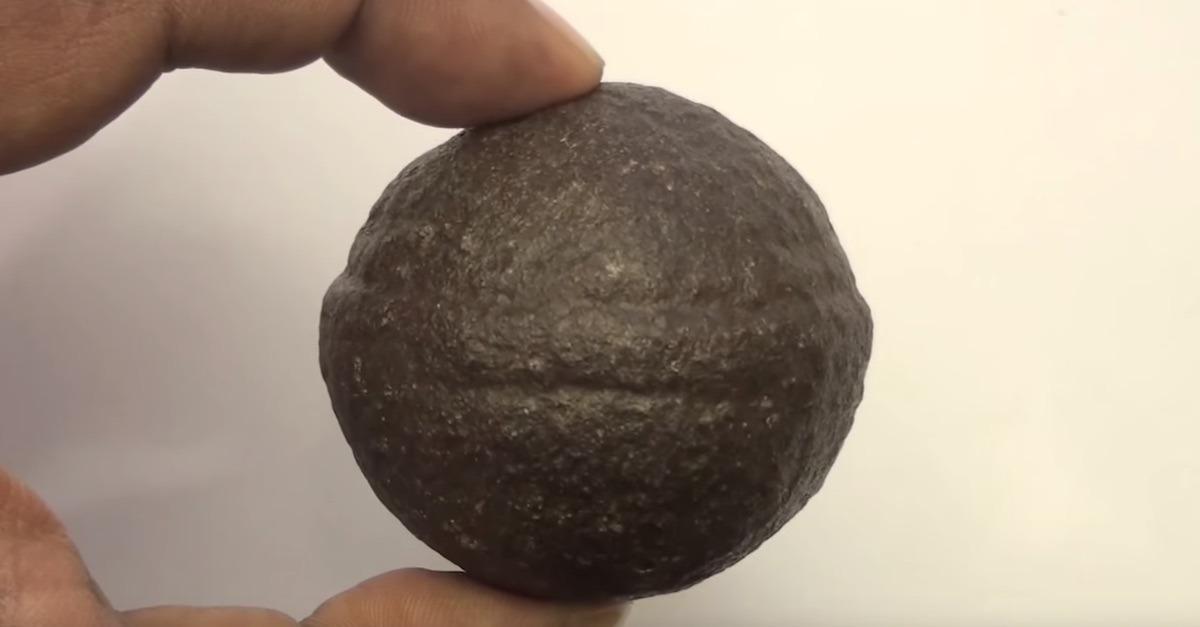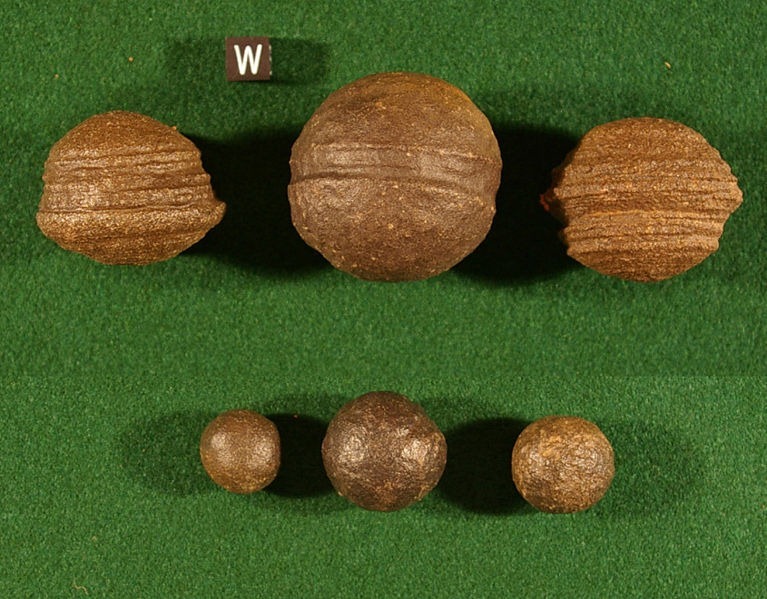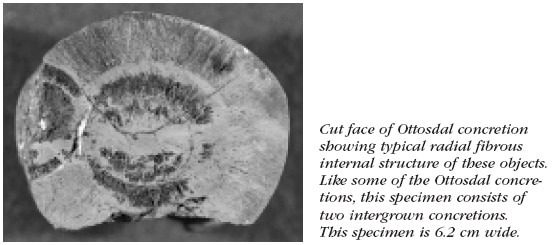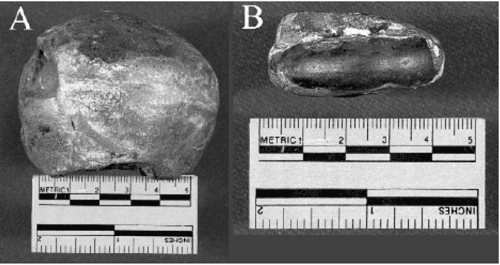For decades, humanity has successfully been conquering space. It is believed that understanding the processes occurring in the galaxy will bring us closer to unraveling the mysteries of life. But 2.8 billion-years old Klerksdorp Spheres were found in pyrophyllite, which is mined near the little town of Ottosdal in the Western Transvaal, South Africa have baffled experts.
The so-called “Klerksdorp spheres” or “Ottosdal objects” (a term coined by geologist Paul V. Heinrich ) are spherical and subspherical objects that were found in 3.0 to 3.1 billion-year-old (Precambrian) pyrophyllite deposits in South Africa. The objects have been the subject of much attention and speculation by ancient astronauts theorists. The theorists argue that the objects are either actual or possible “Out-of-Place Artifacts” (OOPARTs), which are supposedly direct evidence of a civilization that either existed billions of years ago or before the Biblical Flood. Additionally, they further speculated that the Ottosdal objects were manufactured by intelligent extraterrestrials.
The Klerksdorp spheres have been confusing scientists with their riddles for more than a decade because neither their origin nor their purpose has been clarified yet. Due to the age of the balls, there is an opinion that they are extraterrestrial artifacts, because human life could not exist billions of years ago.

At least 200 Klerksdorp Spheres ranging in size from 2.5 to 10 centimeters were collected by the early 2000s. According to Paul Heinrich, a man named John Hund acquired one of those spheres and took it to the University of California to study the artifact.
In one of his letters, Hund wrote that while removing the ancient rock from the site on the farm Gestoptefontein in 1977, he decided to cut the rock into blocks. While cutting one of the blocks, he came across the spheres as hard as steel.
Besides, Hund stated one of the spheres was tested at the California Space Institute, and it was found out that the sphere was finely balanced, it exceeded the limit of their measuring technology. It was “within one-hundred thousandths of an inch from absolute perfection.”
A Klerksdorp sphere was strange and puzzling and had a fibrous structure inside. Hund further noted that even NASA did not have the technology to create such objects and the only way to create something like that would be possible in zero gravity.
In the following decades, during mining operations in South African mines, such spheres were increasingly found, and by the early 2000s, at least 200 specimens ranging in size from 2.5 to 10 centimeters were collected. Almost all of the mysterious Klerksdorp balls discovered had an ideal spherical shape and a notch in the middle, and three parallel notches were found on one of the spheres.
In 1984, the curator of the museum of Klerksdorp, South Africa, Roelf Marx described that spheres were at least 2.8 billion years old with a very hard surface. He said the sphere was strange and puzzling and had a fibrous structure inside.
Geologist Paul Heinrich said the claims made by John Hund in the letter were not verified. He found out that the South African spheres studied by him were not perfectly balanced and shaped.
Roelf noticed one more important thing that one such ball from the museum’s exposition could rotate by itself, while the museum did not have any vibration, and the sphere was isolated in a closed display case from any external sources of influence.
According to Michael Cremo and other researchers of prehistoric culture, these spheres add to a body of evidence suggesting intelligent life existed on Earth long before a conventional view of history places it here. He has traveled the world gathering information on out-of-place artifacts (ooparts); he compiled his findings in the popular book, “Forbidden Archaeology: The Hidden History of the Human Race.”
Moqui marbles
In Utah, similar spheres were found. They are about 2 million years old, and they are known as Moqui marbles or Moqui balls. Legend holds that the departed ancestors of the Hopi Native Americans would play games with the marbles and leave them as messages to their relatives that they are happy and well.
Moqui marbles have a sandy interior and a hard, round exterior made of iron oxide. Heinrich’s tests on one of the Klerksdorp spheres showed it to be made of hematite, a mineral form of iron oxide. He found another Klerksdorp sphere consisting of the mineral wollastonite along with hematite and goethite, a hydrated iron oxide.
Various theories for exactly how these spheres may have been made are presented by those who say they are natural phenomena. Dr. Karrie Weber at the University of Nebraska–Lincoln is researching microbes that she has said may have helped form the spheres out of the by-products of its life processes.
Geologist Dave Crosby, who has done research in Utah where the Moqui marbles are found, originally hypothesized that a meteor impact scattered molten spheres that then condensed on sand grains. Upon closer examination, as explained on RocksandMinerals.com, he found no evidence of a meteor impact. He then developed a theory that involves rainwater dissolving iron and other minerals and carrying them to the groundwater. As they flow through the groundwater, the ions are deposited around sand grains forming spheres.

Cremo and others who hold that ooparts are evidence of advanced prehistoric civilizations, say mainstream scientists need to be bolder and more willing to acknowledge evidence that could contradict dominant views.
Ancient astronaut theorists believe that 3 billion years ago, aliens delivered to our planet spherical containers filled with unicellular life forms.

























